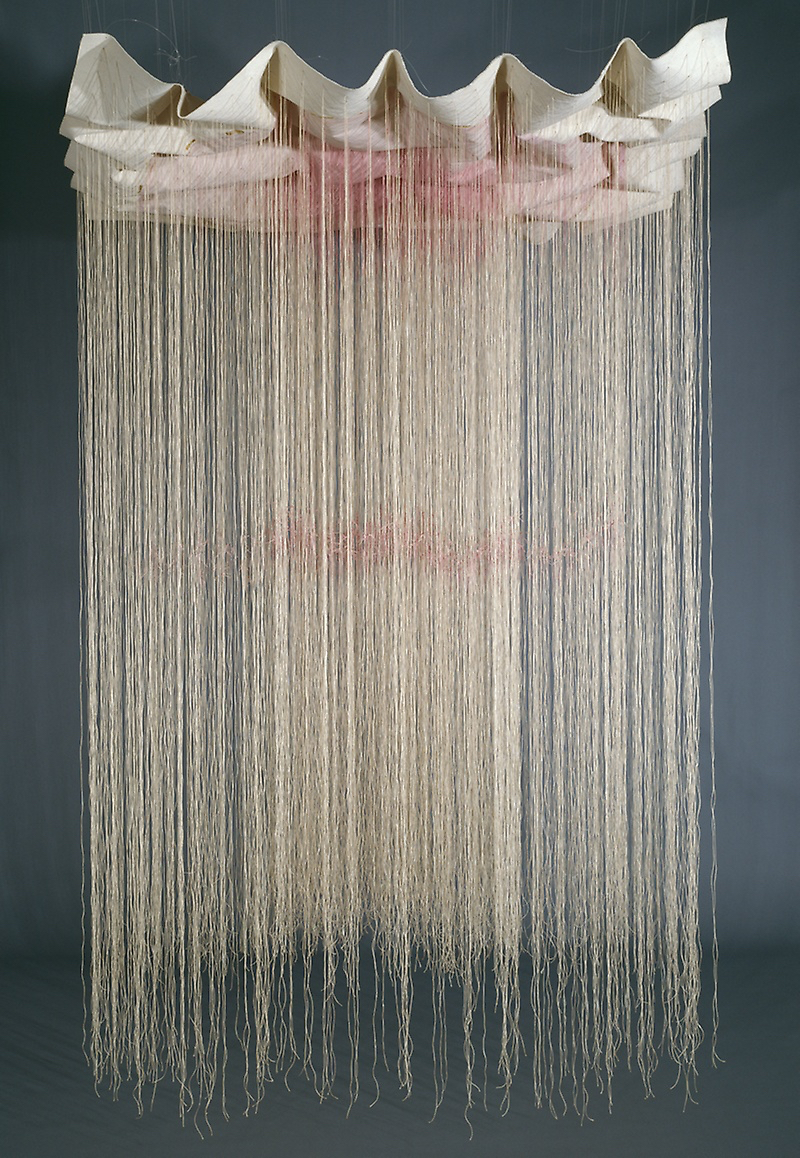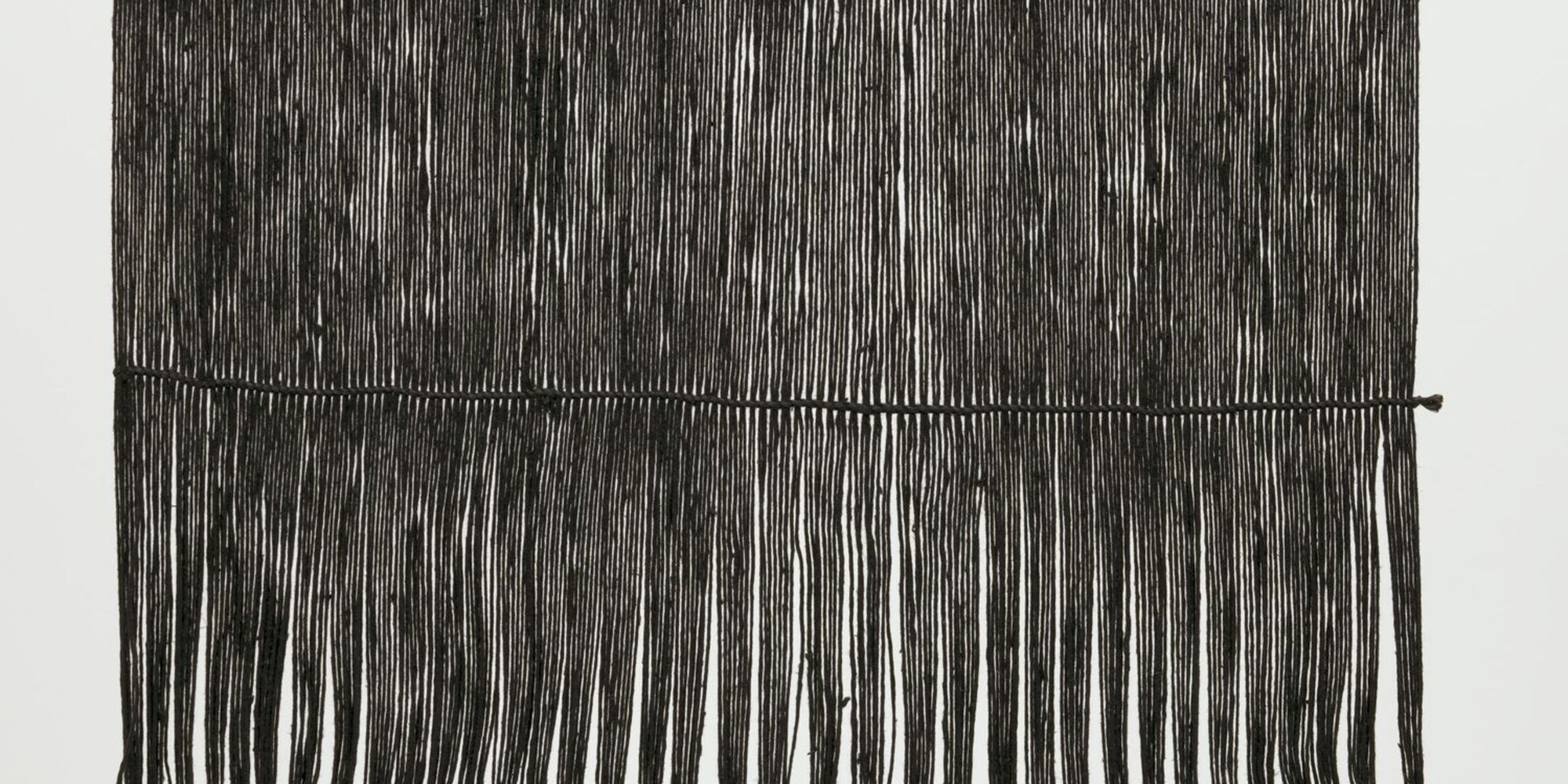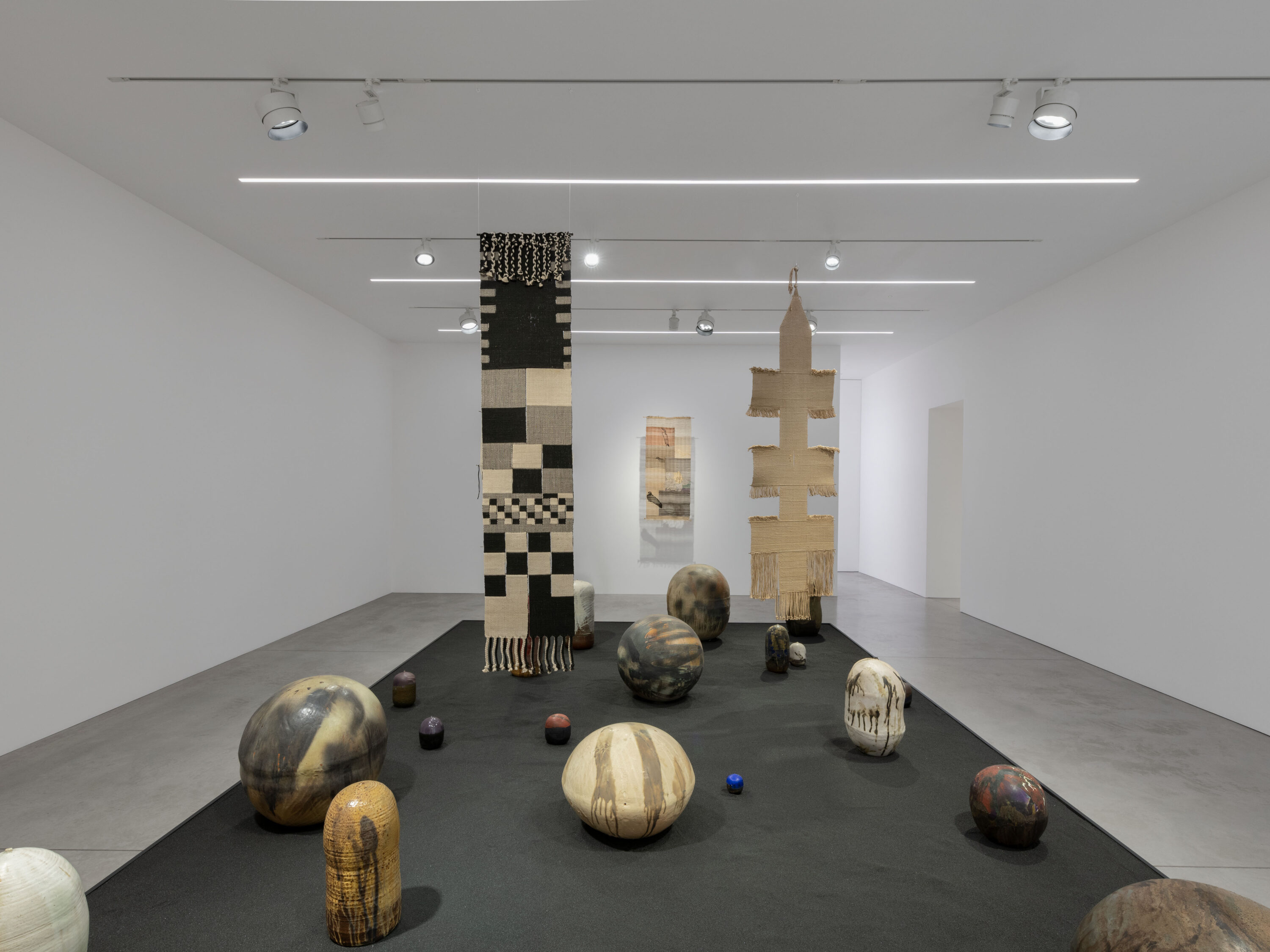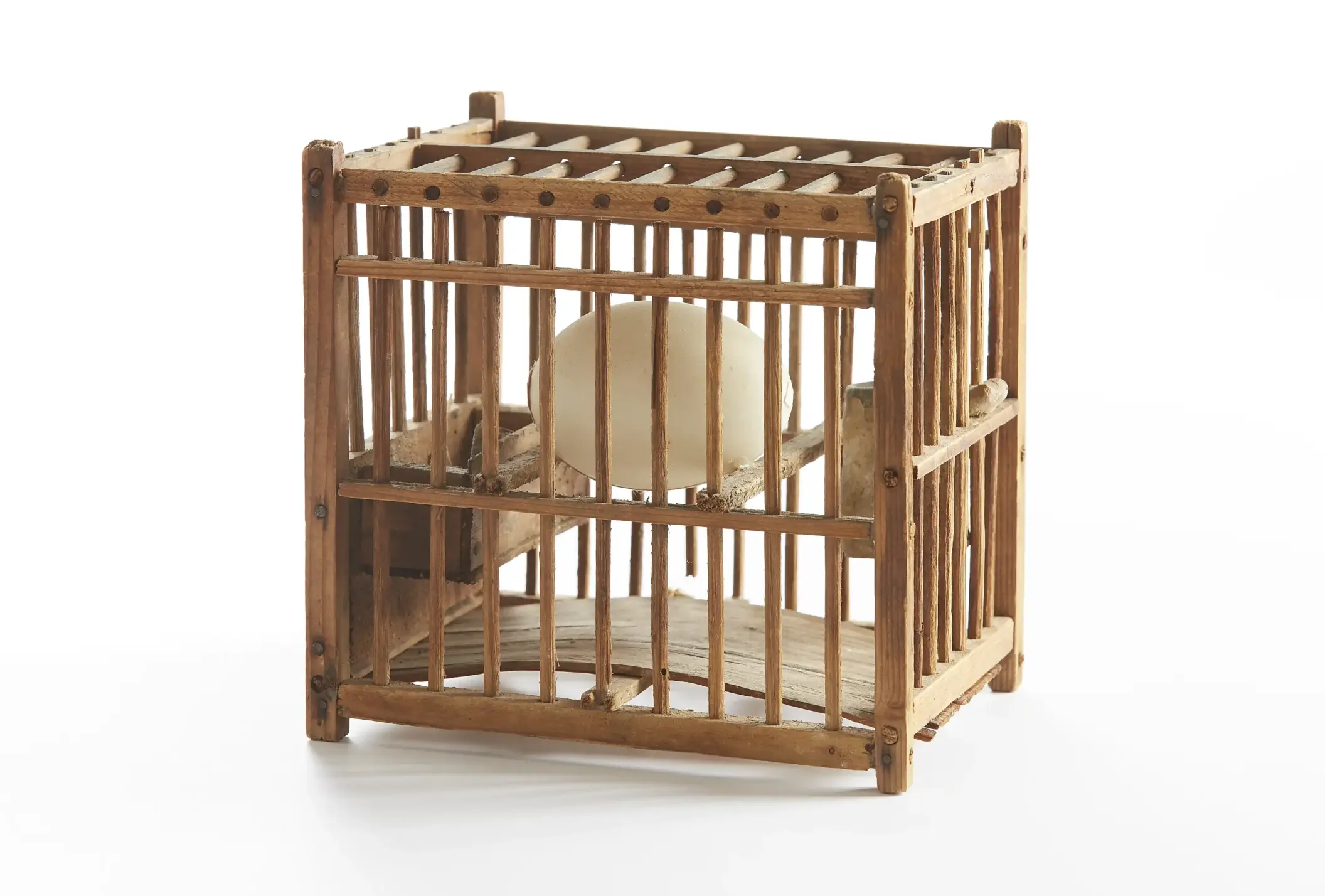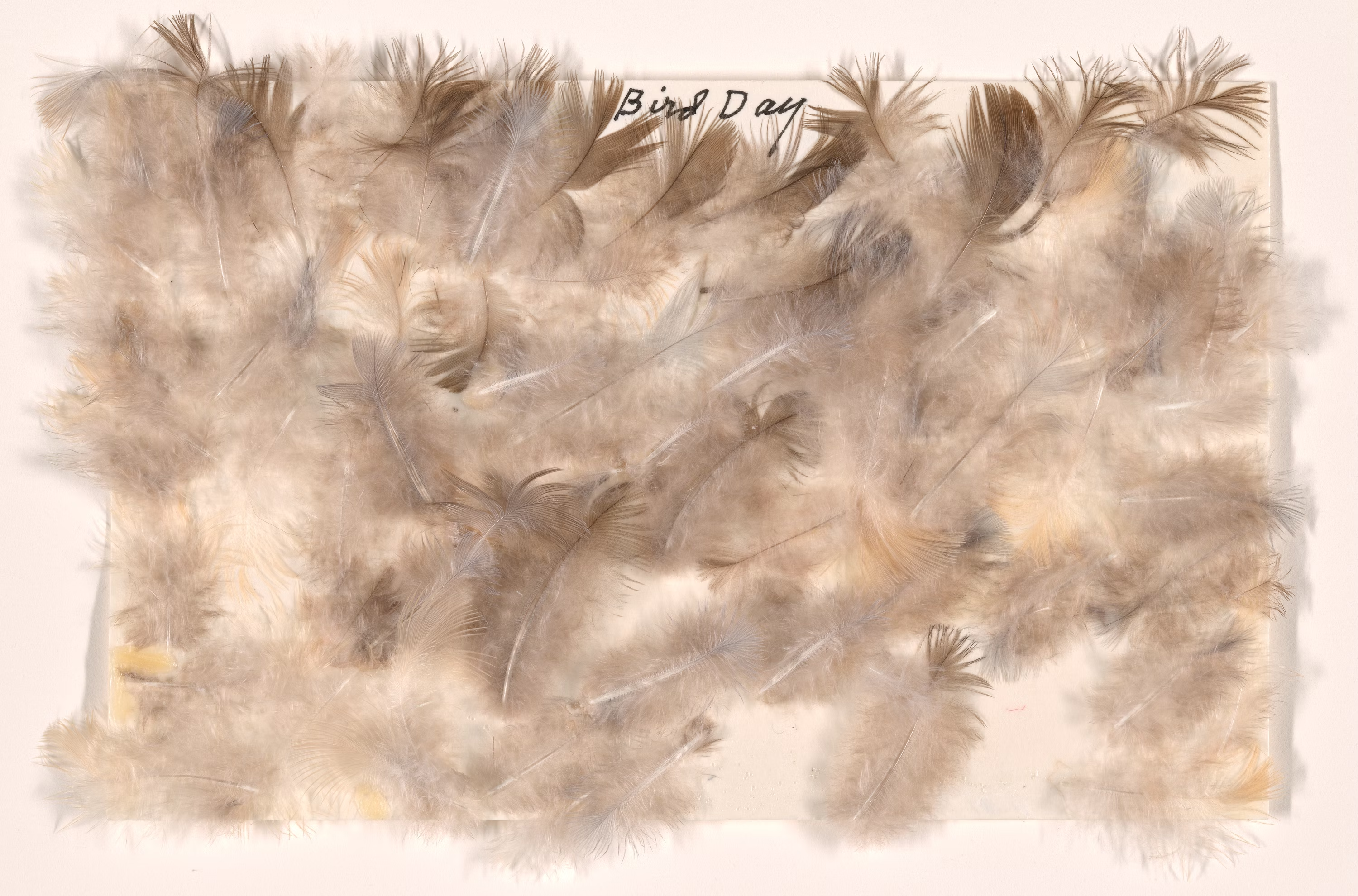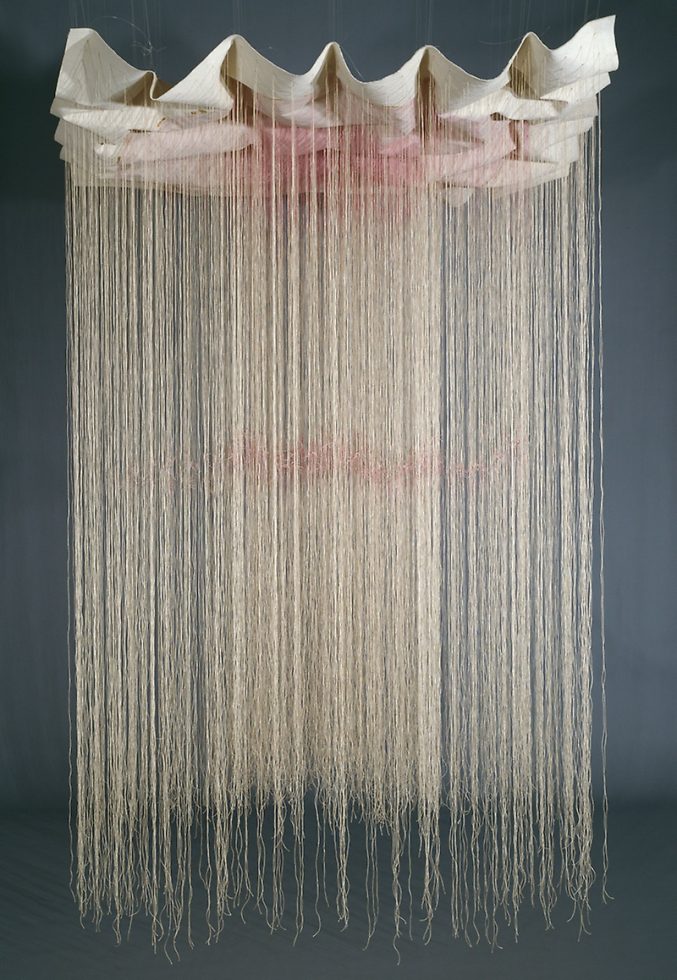
Established in 1919, acclaimed German art school the Bauhaus was home to an innovative weaving workshop whose influence stretched across the Atlantic.
Like the larger institution, the weaving workshop embraced the principal of equality among artists and the arts alike. Although the realities of the Bauhaus never quite matched its utopian vision, the workshop nonetheless served as an effective incubator of aesthetic and pedagogical talent. In the decades following the school’s forced closure in 1933, the Bauhaus went on to have a wide-reaching impact on American art—due in part to the large number of affiliated artists who immigrated to the US, where they continued to practice and teach in the spirit of the school’s educational system and theories.Weaving beyond the Bauhaus (on view through February 17, 2020) traces the diffusion of Bauhaus artists, or Bauhäusler, such as Anni Albers and Marli Ehrman, and their reciprocal relationships with fellow artists and students across America. Through their ties to arts education institutions, including Black Mountain College, the Institute of Design, the Illinois Institute of Technology, and Yale University, these artists shared their knowledge and experiences with contemporary and successive generations of artists, including Sheila Hicks, Else Regensteiner, Ethel Stein, Lenore Tawney, and Claire Zeisler, shaping the landscape of American art in the process.
